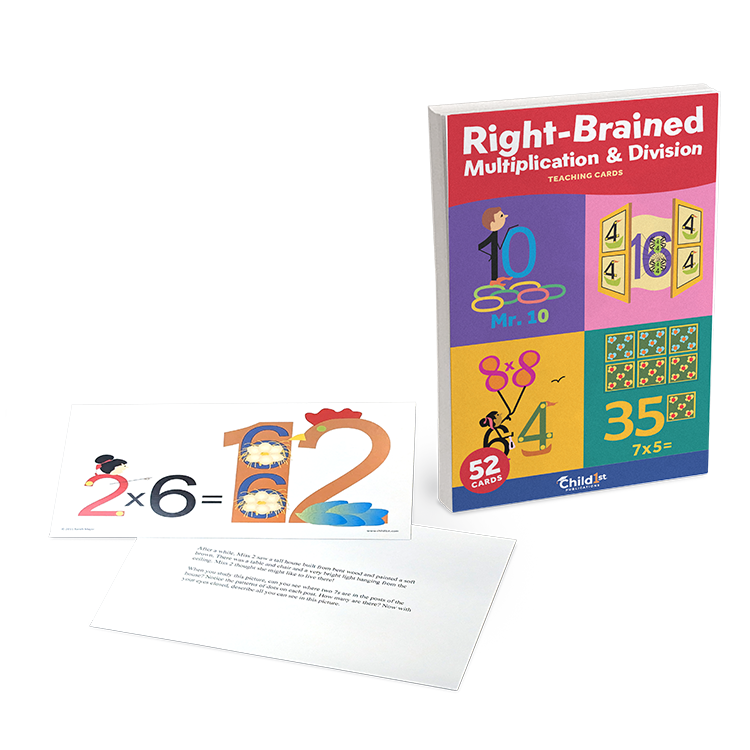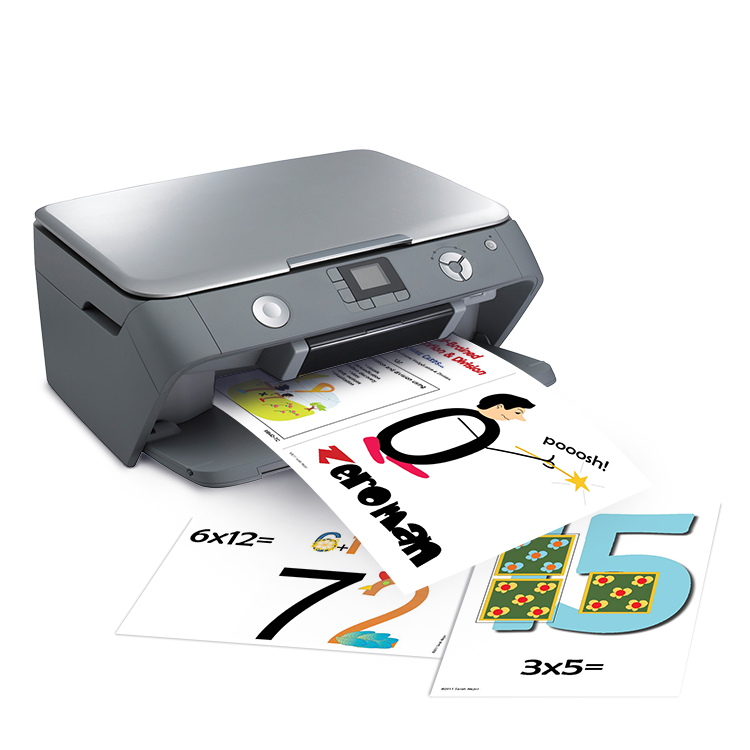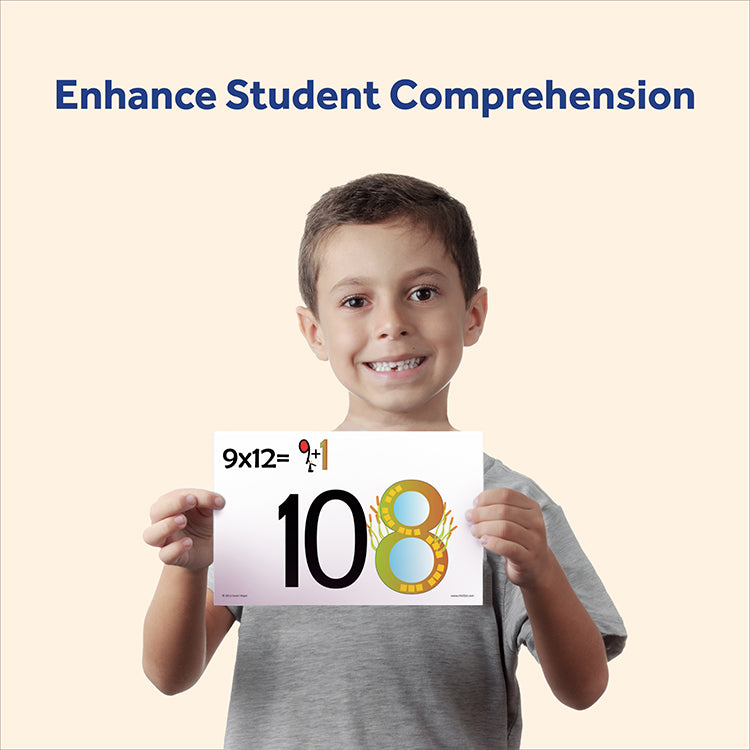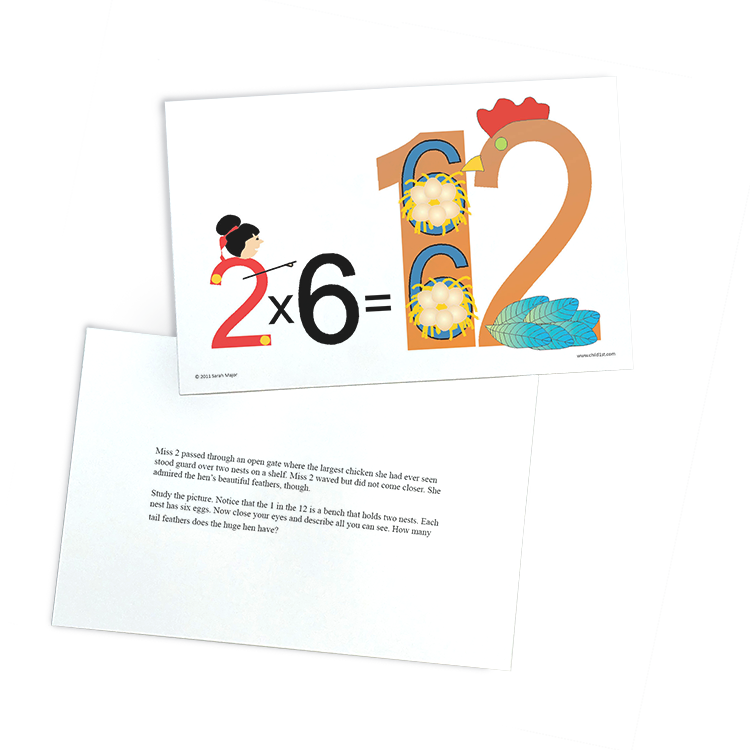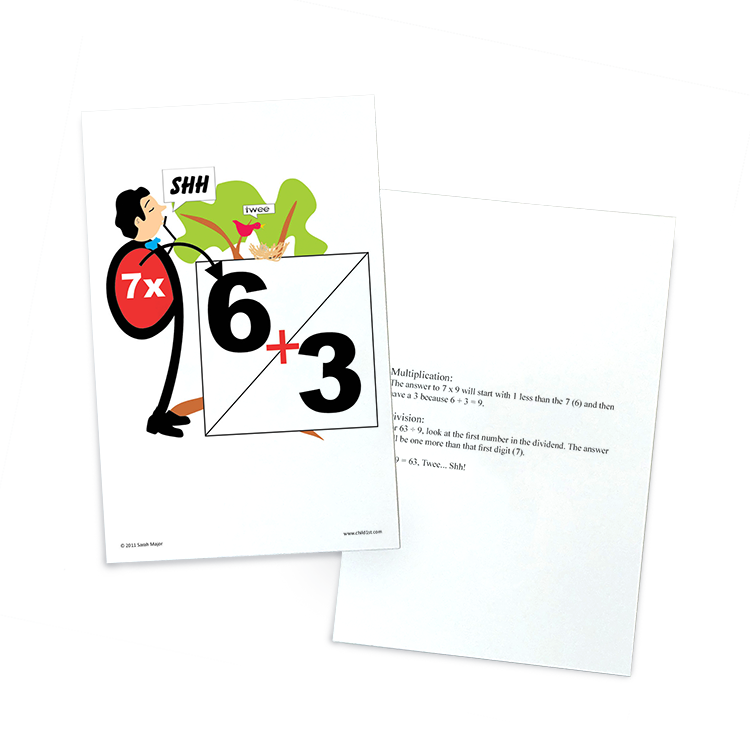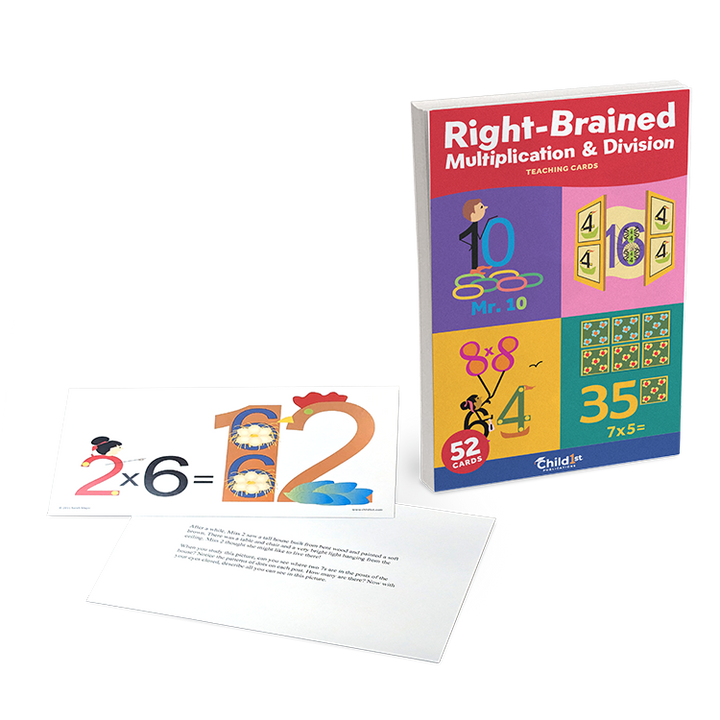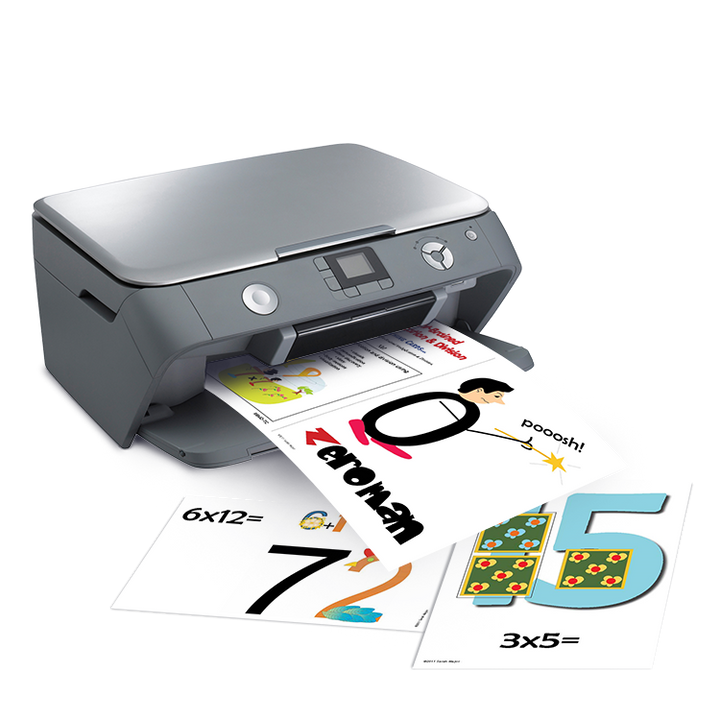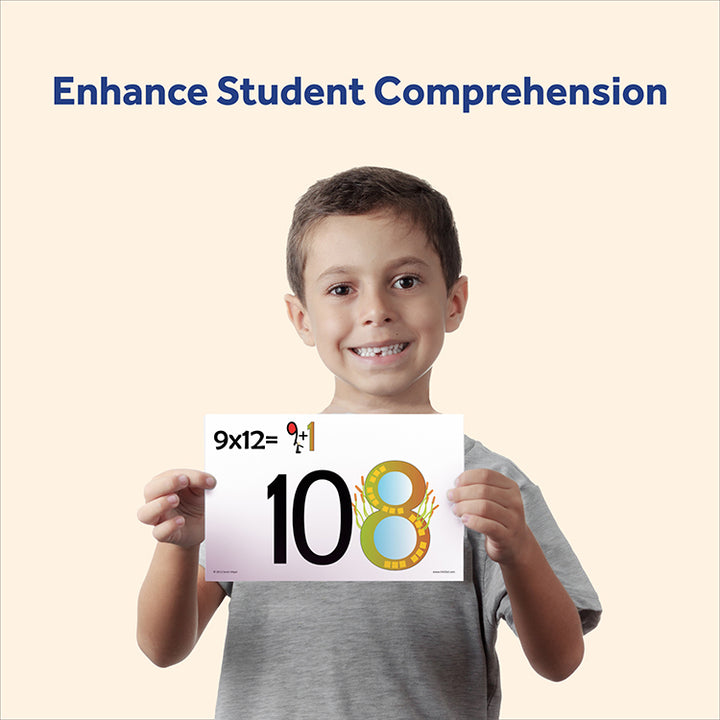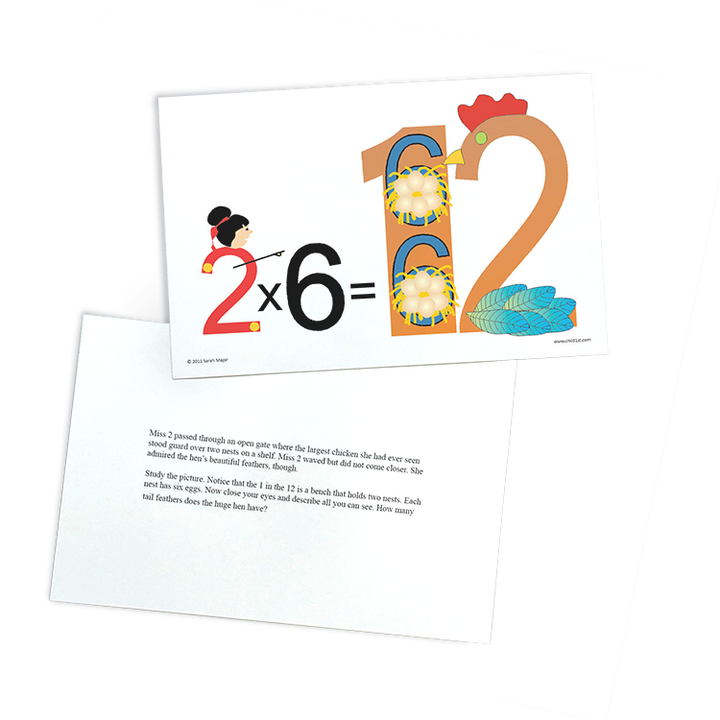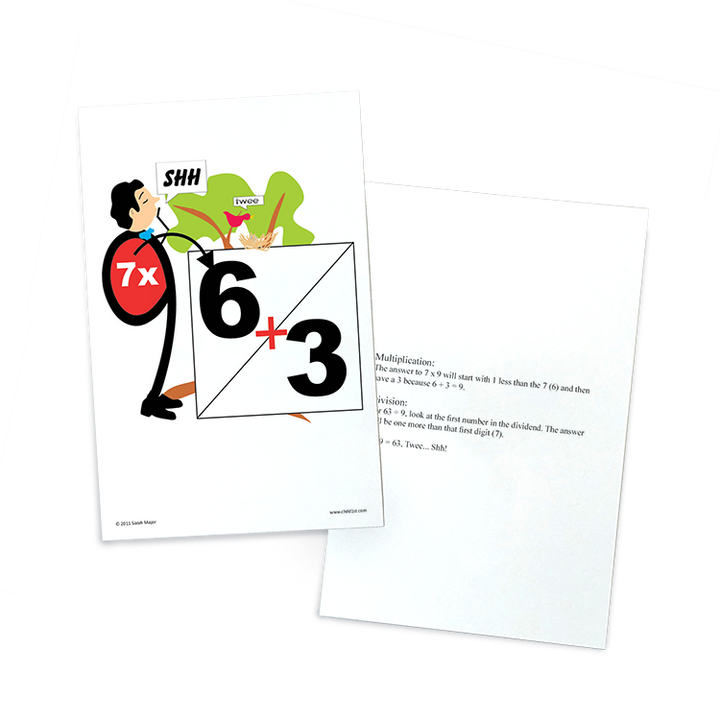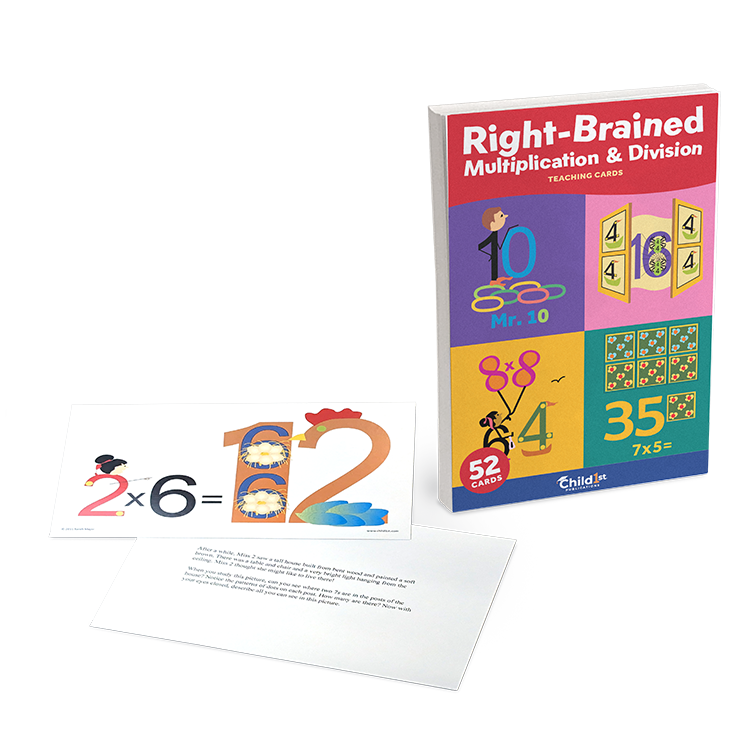Description
Product Specs
Related Articles
Tools & Resources
Las tarjetas didácticas de multiplicación y división están diseñadas para usarse como un recurso complementario al libro Multiplicación y división del cerebro derecho . El conjunto de tarjetas contiene todas las imágenes principales del libro para un recurso útil. En el reverso de cada tarjeta está el texto que explica cada imagen, tomado del libro.
Acerca de este producto
Muestre los hechos estilizados en una pared, tablón de anuncios o en un gráfico de bolsillo para un recordatorio adicional a medida que avanza en cada capítulo.
El conjunto contiene 53 tarjetas grandes a todo color, impresas en cartulina resistente, 8,5" x 5,5".
You may also like
FAQs
Visto recientemente



